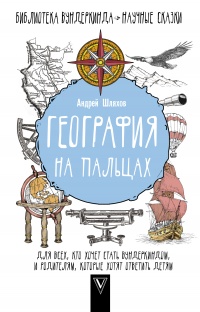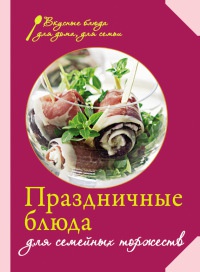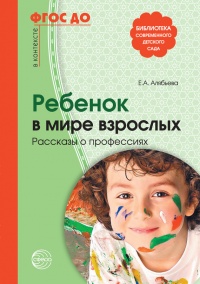Книга Кодекс долголетия. Что заставляет нас стареть, зачем это нужно и как «обмануть» эволюцию: пошаговое руководство - Крис Вербург
На нашем литературном портале можно бесплатно читать книгу Кодекс долголетия. Что заставляет нас стареть, зачем это нужно и как «обмануть» эволюцию: пошаговое руководство - Крис Вербург полная версия. Жанр: Книги / Домашняя. Онлайн библиотека дает возможность прочитать весь текст произведения на мобильном телефоне или десктопе даже без регистрации и СМС подтверждения на нашем сайте онлайн книг knizki.com.
Шрифт:
-
+
Интервал:
-
+
Закладка:
Сделать
Перейти на страницу:
Перейти на страницу:
Внимание!
Сайт сохраняет куки вашего браузера. Вы сможете в любой момент сделать закладку и продолжить прочтение книги «Кодекс долголетия. Что заставляет нас стареть, зачем это нужно и как «обмануть» эволюцию: пошаговое руководство - Крис Вербург», после закрытия браузера.
Книги схожие с книгой «Кодекс долголетия. Что заставляет нас стареть, зачем это нужно и как «обмануть» эволюцию: пошаговое руководство - Крис Вербург» от автора - Крис Вербург:
Комментарии и отзывы (0) к книге "Кодекс долголетия. Что заставляет нас стареть, зачем это нужно и как «обмануть» эволюцию: пошаговое руководство - Крис Вербург"
























